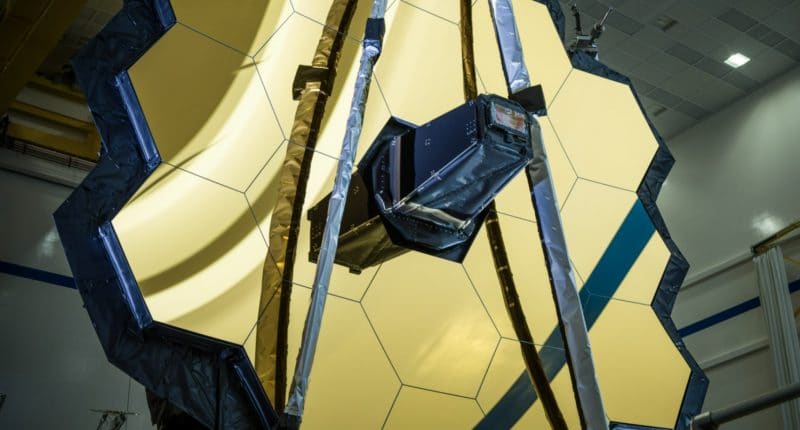Near the end of the previous year, NASA launched the James Webb Space Telescope, humanity’s largest and most powerful telescope, in order to answer questions about the origins of the universe. Six months have passed since then, and now, the first images from the next-generation telescope are set to be released.
Come next month, get ready to view what NASA Administrator Bill Nelson said was the deepest image of the universe to have ever been taken by humanity to date. Wait for two weeks, and we will have access to the telescope’s first high-resolution full-colour images.
NASA, along with the European Space Agency and the Canadian Space Agency, will unveil the images at an event on July 12 (so mark the data on your calendars). For those who cannot make it, like you and me, NASA has decided to stream the release live, along with the telescope’s first spectrum of an exoplanet (which will offer new insights into the atmospheres and chemical compositions of other exoplanets.”
“If you think about that, this is farther than humanity has ever moved before,” said Nelson, who tested positive for COVID-19. “And we’re only beginning to understand what Webb can and will do. It’s going to explore objects in the solar system and atmospheres of exoplanets orbiting other stars, giving us clues as to whether potentially their atmospheres are similar to our own.”
“It’s not an image. It’s a new worldview,” said Thomas Zurbuchen, associate administrator of NASA’s Science Mission Directorate, on Wednesday, describing the moment of seeing the first images as nature “giving up secrets that have been there for many, many decades, centuries, millennia.”
Undoubtedly, seeing the images will be a historic moment for humanity, and mark a new chapter in mankind’s conquest of space. The James Webb Space Telescope, which has enough fuel to operate for 20 years, has currently reached an observation point that is over a million kilometers away from Earth, and successfully unfolded its expansive sunshield.
“Not only will those 20 years allow us to go deeper into history and time, but we will go deeper into science because we will have the opportunity to learn and grow and make new observations,” NASA deputy administrator Pam Melroy said.
Right now, it is taking the pictures, which will include the life cycle of stars (from birth to death), how galaxies interact and grow, and how the collisions between galaxies drive star formation. It will continue to send data and images back to the blue planet in the lead-up to the event on July 12.
In the long run, the James Webb Space Telescope will also seek to fulfill its mission and see the first stars and galaxies of the universe, as well as peer into exoplanets to determine whether there is life on other planets after all.





